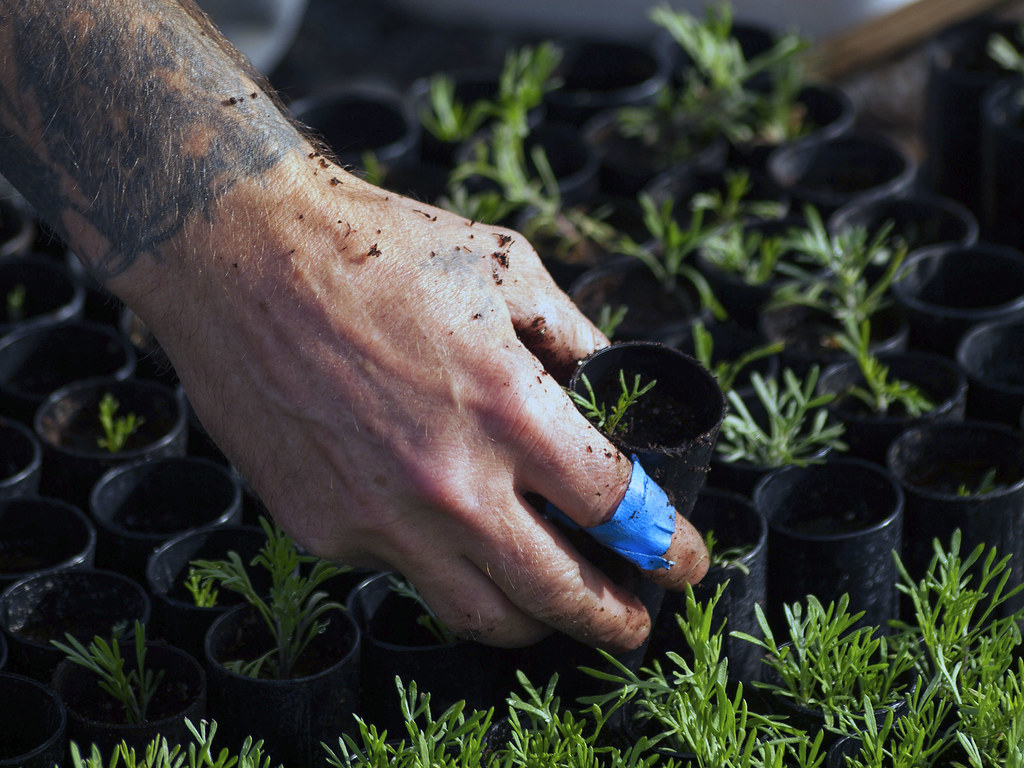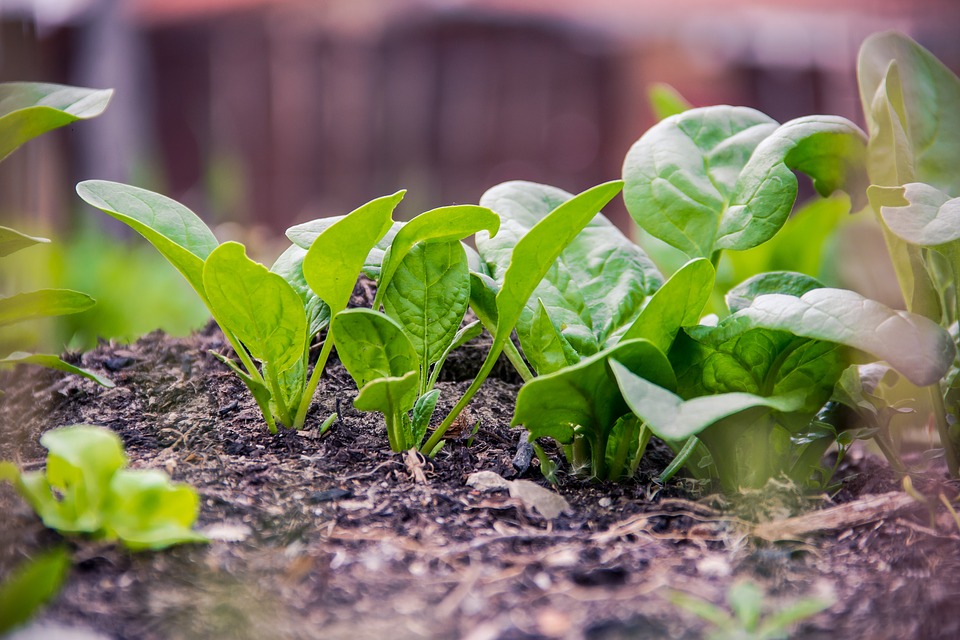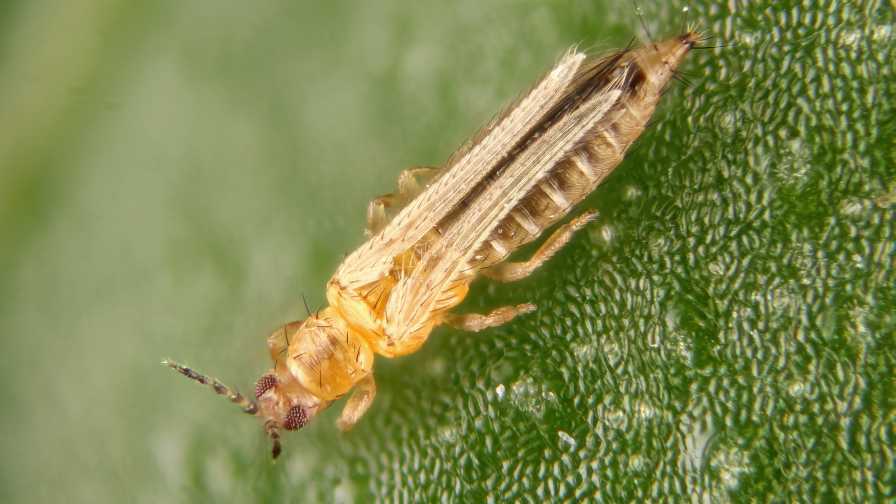Trees and bushes, like us human things, are vulnerable to a wide range of injuries. However, I must say that tree surgery has come a long way in recent years. Nonetheless, there isn’t much mentioned that prevents us from celebrating the outstanding approaches to the age-old problems of preserving plant life.
So, let’s take a look at some of the notable and outstanding advancements made in this field.
More About Injured Plants

A heavy snow or sleet fall may cover the trees, causing overburdened branches to break off or split. Winds can rip well-developed boughs off. Insects like bark beetles bore into the bark, while gnawing animals like beavers may remove pieces of living tissue. Gardeners may inadvertently cause severe wounds with their cultivating tools, pruning shears, or saw. The majority of injuries caused by such mishaps are ragged, open sores that can become entry points for rot-producing fungi and deadly disease germs. Unless man intervenes, the bush or tree will most likely succumb to its injuries.
When caring for injured plants, keep in mind that under the right conditions, they can regenerate new tissue in the damaged areas. The healthy tissue that grows around the wound serves as a source of supply. The emergence of a whitish substance over the surface of the injured area is usually the first sign that healing is taking place. This substance, known as the callus, is made up of the inner bark and other tissues. It keeps the wound surface from drying out and prevents insects and fungus growths from entering. The callus tissue eventually develops a new mass of special cells, which replace the ones lost due to injury.
Many times, when limbs are severed, new ones grow from buds. These special organs are made of tissue that can grow quickly and develop into various plant parts. Many buds in a normally growing plant remain inactive or dormant. The plant’s food supply is directed toward actively growing stems, leaves, or flowers, while dormant buds receive only enough to keep them alive.
When a branch is cut from a tree, the food supply to that member is cut off naturally. It is directed to the dormant buds on the main branch or trunk near the injury. With an increase in food supply, along with stimulation from various hormones, the once dormant buds awaken and begin to develop into new branches. A severe injury to a tree will frequently cause buds to form in areas where there were previously no buds at all. A tree, for example, may be cut down so that only the stump remains. Over time, a number of buds known as adventitious buds will form and give rise to new plants.
Healing of injured tissue and regeneration of lost limbs can only occur if the proper conditions are met. Insects and other organisms that are harmful must be kept at bay with adequate spraying. To provide the basic food elements, the soil in which the plant grows must be fertilized. There must be a proper supply of water, as well as the chemical substances known as hormones, which initiate and control growth. The plant must have enough food reserves in the form of carbohydrates and proteins that it has produced in the green leaf. If the area is so crowded that individual plants are not getting enough water and essential food elements, plants must be transplanted. In other words, man is frequently required to supplement nature.
Mate, that was just an introduction, and in the following articles, we will look at some of the methods that man has designed to treat plant injuries and diseases.



